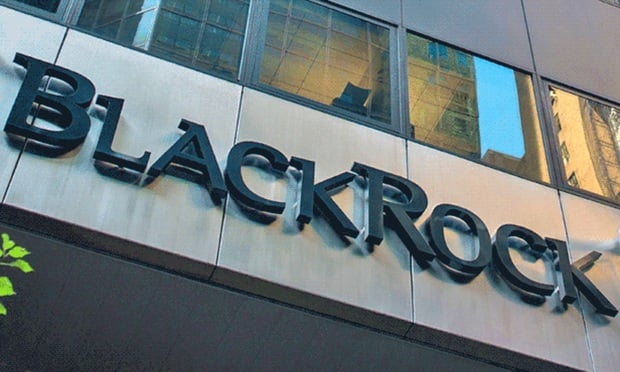WASHINGTON (AP) — U.S. manufacturing likely shrank in September for the fourth straight month, a troubling sign that growth will stay weak.
Economists surveyed by FactSet forecast that the Institute for Supply Management's manufacturing index was unchanged at 49.6. Readings above 50 indicate expansion and below 50 signal contraction. An exact reading of 50 suggests neither.
The report will be released at 10 a.m. EDT Monday.
Recommended For You
Manufacturing contracted in August for the third straight month, according to the ISM's last report. That heightened concerns that U.S. factories, a key source of growth since the recession ended three years ago, have begun to falter.
American consumers and businesses are holding back on spending, lowering demand for factory goods. Demand for exports has also dimmed. Europe's financial crisis has plunged much of that region into recession. And growth has slowed in emerging markets, such as China and India. Exports were an important source of manufacturing growth earlier this year.
A report Friday showed that the Americans spent more in August than in July, but the increase mostly went to cover higher prices for gas and other goods. Adjusting for inflation, consumers barely increased their spending. Spending on long-lasting factory goods rose only slightly.
Businesses have cut back sharply on their orders for industrial machinery, computers and other equipment. In the past three months, orders in a category of goods that closely tracks business investment plans have fallen at an annual pace of nearly 20 percent.
Many economists attribute the drop to concerns among company executives about a package of tax increases and spending cuts scheduled to take effect at the beginning of next year. The changes could be severe enough to push the economy back into recession, though Congress could postpone the changes after the election.
The weakness among consumers and businesses is weighing on economic growth.
The economy grew at an annual rate of just 1.3 percent in the April-June quarter, down from a 2 percent growth rate in the January-March quarter.
Most economists expect growth will stay near or below 2 percent for the rest of this year. Growth at that pace is typically too weak to lower the unemployment rate.
Employers added 96,000 jobs in August, lower than July's total and far below the average of 226,000 a month in the first three months of the year. The unemployment rate dropped to 8.1 percent from 8.3 percent in July. But that was only because fewer people were looking for work. The government only counts people as unemployed if they are actively searching for jobs.
© Touchpoint Markets, All Rights Reserved. Request academic re-use from www.copyright.com. All other uses, submit a request to [email protected]. For more inforrmation visit Asset & Logo Licensing.






